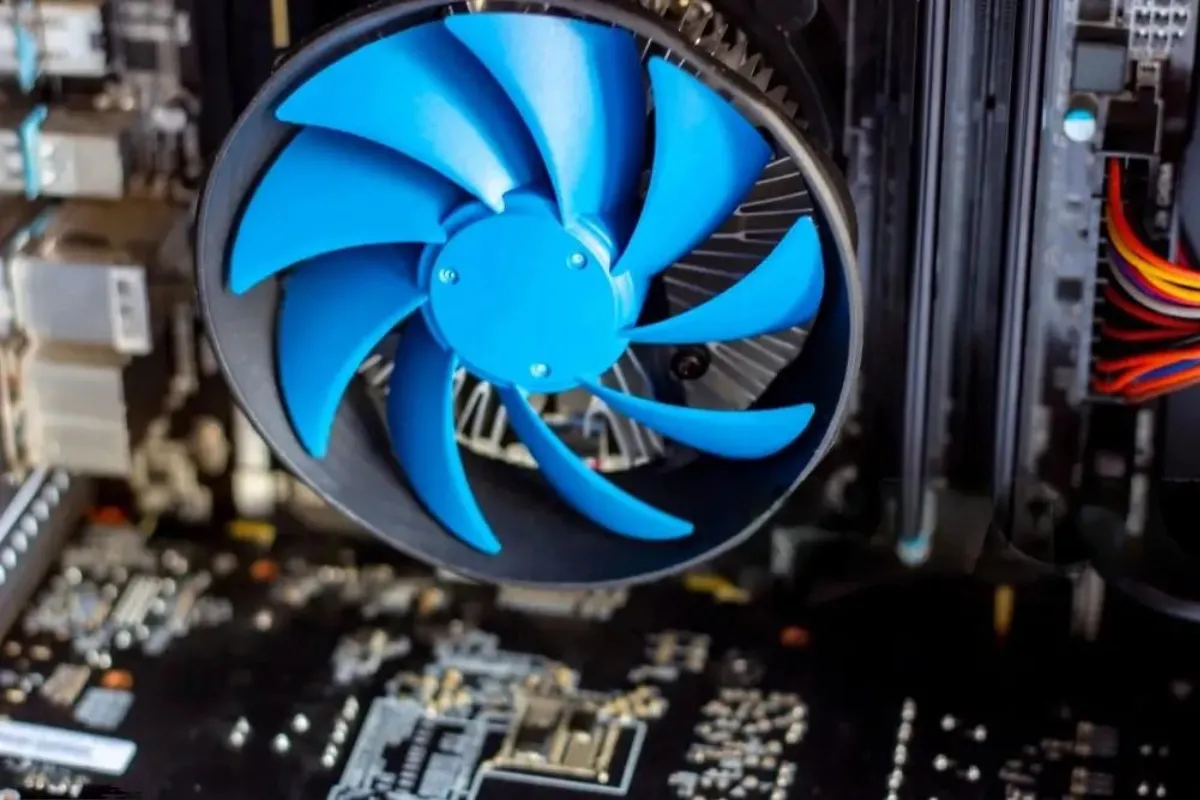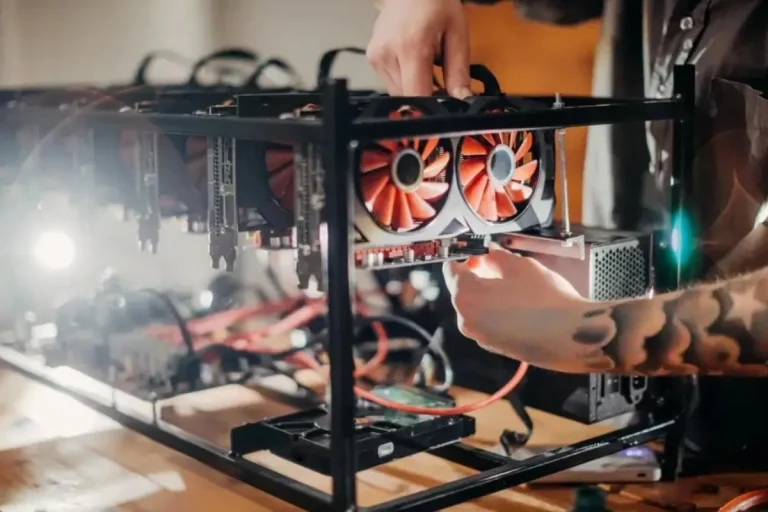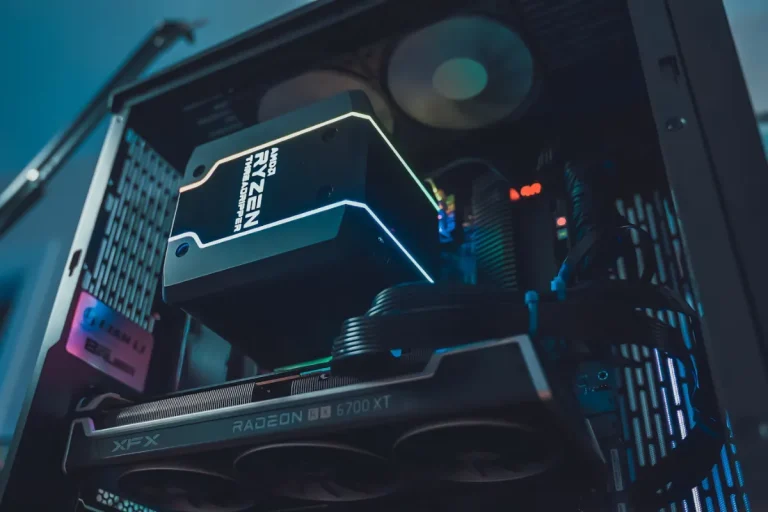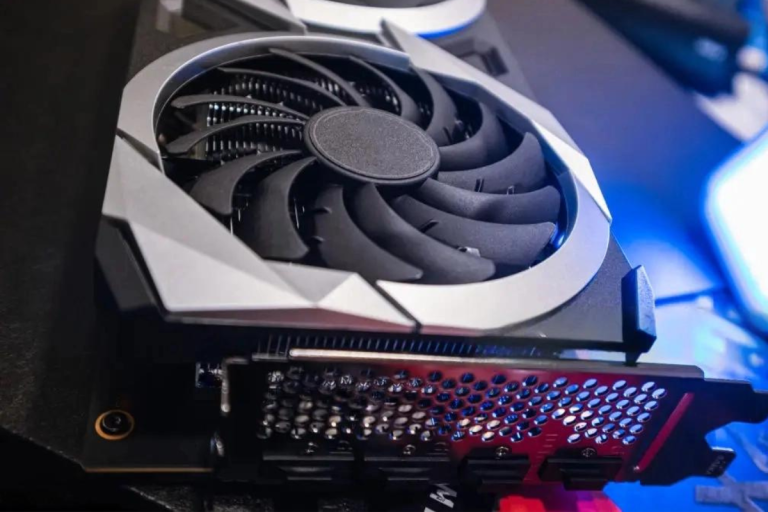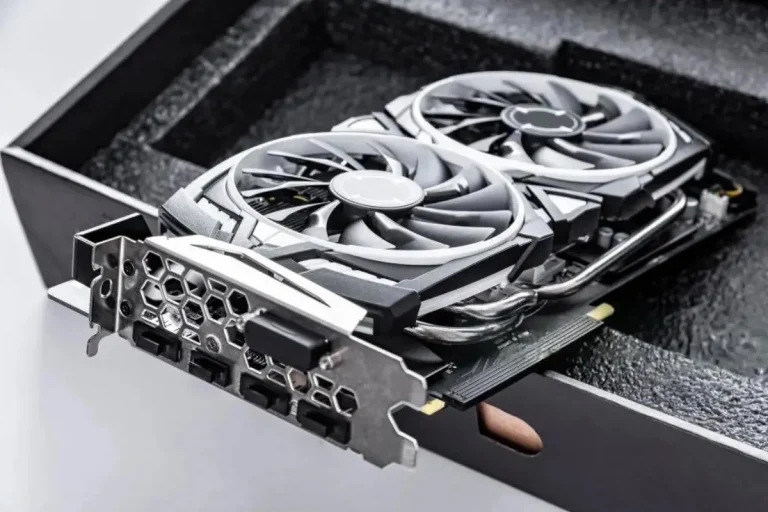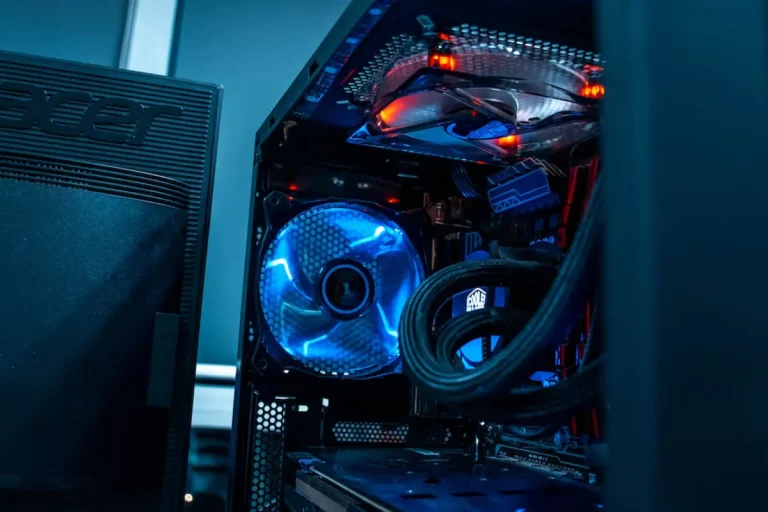How do I improve performance on an Intel HD graphics card?
Are you tired of experiencing lag and poor graphics performance on your Intel HD graphics card? Don’t worry, we’ve got you covered! In this blog post, we’ll dive into the world of Intel HD graphics cards and explore practical tips to enhance their performance. Say goodbye to choppy visuals and hello to a smooth and immersive experience!
Update Graphics Drivers
Updating your graphics drivers is essential for ensuring optimal performance and compatibility with your Intel HD graphics card. Drivers act as a communication bridge between your operating system and the graphics card, allowing them to work together seamlessly.
Outdated drivers can lead to various issues, such as reduced performance, graphical glitches, and compatibility problems with the latest games and applications. By keeping your drivers up to date, you can unlock the full potential of your Intel HD graphics card.
Step-by-Step Instructions to Check and Update Graphics Drivers
- Identify Your Graphics Card: Open the Device Manager by right-clicking the Start button and selecting “Device Manager.” Expand the “Display adapters” category to find your Intel HD graphics card.
- Visit the Intel Driver & Support Assistant: Go to the Intel Driver & Support Assistant website and click on the “Download Now” button to download the tool.
- Install and Run the Tool: Once the download is complete, run the installer and follow the on-screen instructions to install the Intel Driver & Support Assistant.
- Scan for Updates: Launch the Intel Driver & Support Assistant and click on the “Scan” button to detect any available driver updates for your Intel HD graphics card.
- Update the Graphics Drivers: If the tool identifies any updates, click on the “Download” or “Update” button to install the latest drivers. Follow the prompts to complete the installation process.
Benefits of Having the Latest Drivers
Having the latest graphics drivers for your Intel HD graphics card brings several benefits:
- Improved Performance: Updated drivers often include performance optimizations, bug fixes, and enhancements that can boost the overall performance of your graphics card.
- Enhanced Compatibility: The latest drivers ensure compatibility with the latest games, applications, and operating system updates, preventing potential issues and providing a smooth user experience.
- Bug Fixes and Stability: Driver updates often address known issues and bugs, improving stability and reducing the chances of crashes or graphical glitches.
Adjust Graphics Settings
Did you know that adjusting your graphics settings can have a significant impact on the performance of your Intel HD graphics card? It’s true! By optimizing these settings, you can enhance your gaming experience and ensure smooth visuals.
Recommendations for Adjusting Settings for Optimal Performance
To achieve optimal performance, consider the following recommendations when adjusting your graphics settings:
- Resolution: Lowering the resolution can greatly improve performance. While higher resolutions offer sharper visuals, they require more processing power. Experiment with different resolutions to find the balance between visual quality and performance.
- Texture Quality: Adjusting the texture quality can have a noticeable impact on performance. Lowering this setting reduces the memory and processing power required to render detailed textures.
- Effects and Shadows: Effects and shadows can add realism to games but often come at the cost of performance. Consider lowering these settings to improve frame rates and overall smoothness.
- Anti-Aliasing: Anti-aliasing smoothens jagged edges in graphics but can be demanding on the graphics card. Try reducing this setting or using alternative anti-aliasing methods to achieve a good balance between visual quality and performance.
Relationship between Resolution, Effects, and Performance
The relationship between resolution, effects, and performance is crucial to understand. Higher resolutions and more complex effects require more processing power, which can lead to decreased performance. By adjusting these settings, you can find the sweet spot that provides a visually pleasing experience without sacrificing performance.
Optimize Power Settings
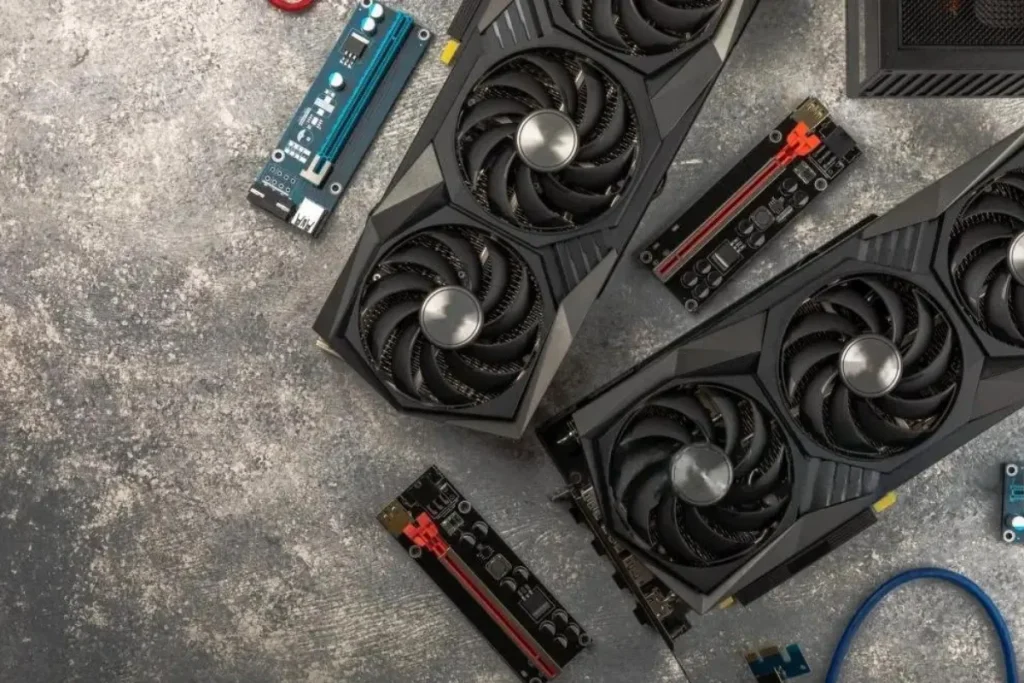
Believe it or not, power settings can have a significant impact on the performance of your Intel HD graphics card. By optimizing these settings, you can unlock the true potential of your graphics card and achieve better overall performance.
Guidelines to Optimize Power Settings for Better Performance
Follow these guidelines to optimize your power settings and enhance graphics card performance:
- Power Plan: Choose a power plan that prioritizes performance over power savings. In the Power Options menu, select the “High Performance” power plan to ensure maximum performance.
- Graphics Card Settings: Access the graphics card control panel (such as Intel Graphics Command Center) and explore the power settings. Look for options that allow you to prioritize performance or adjust power usage to strike a balance between performance and power consumption.
- System Cooling: Ensure that your laptop or desktop has proper cooling. Overheating can cause the graphics card to throttle its performance to prevent damage. Clean any dust from cooling vents and consider using a cooling pad or improving airflow in your system.
Tips for Managing Background Processes and Reducing Resource Consumption
To further optimize performance, consider these tips for managing background processes and reducing resource consumption:
- Close Unnecessary Programs: Close any unnecessary programs running in the background to free up system resources for your game or application.
- Disable Startup Programs: Disable unnecessary programs from starting up automatically when you boot your computer. This helps reduce resource usage and speeds up the system startup process.
- Update and Maintain Software: Keep your operating system, drivers, and applications up to date. Updates often include performance optimizations and bug fixes that can enhance overall performance.
Frequently Asked Questions
1: Can I upgrade my Intel HD graphics card for better performance?
Unfortunately, Intel HD graphics cards are integrated into the CPU and cannot be upgraded separately. However, you can optimize the settings and follow other tips to improve performance.
2: Do I need to overclock my Intel HD graphics card to enhance performance?
Overclocking is not recommended for inexperienced users as it can potentially damage the hardware. Instead, focus on optimizing settings and following performance-enhancing guidelines.
3: Can I allocate more memory to my Intel HD graphics card for better performance?
The memory allocated to an Intel HD graphics card is dynamically managed and automatically adjusted based on system requirements. Manually allocating more memory is not possible.
4: Is it necessary to update drivers for improved performance on an Intel HD graphics card?
Yes, updating graphics drivers is essential for optimal performance. Intel regularly releases driver updates that include bug fixes, performance improvements, and compatibility enhancements.
5: Will closing background applications significantly improve performance on an Intel HD graphics card?
Yes, closing unnecessary background applications can free up system resources and improve performance. Ensure that only essential programs are running while using graphics-intensive applications or games.
Conclusion:
Optimizing performance on an Intel HD graphics card may not be as straightforward as upgrading a dedicated graphics card, but there are still ways to enhance your experience. By following guidelines, tweaking settings, and managing resources, you can unlock the true potential of your Intel HD graphics card and enjoy smoother visuals and improved gameplay.
